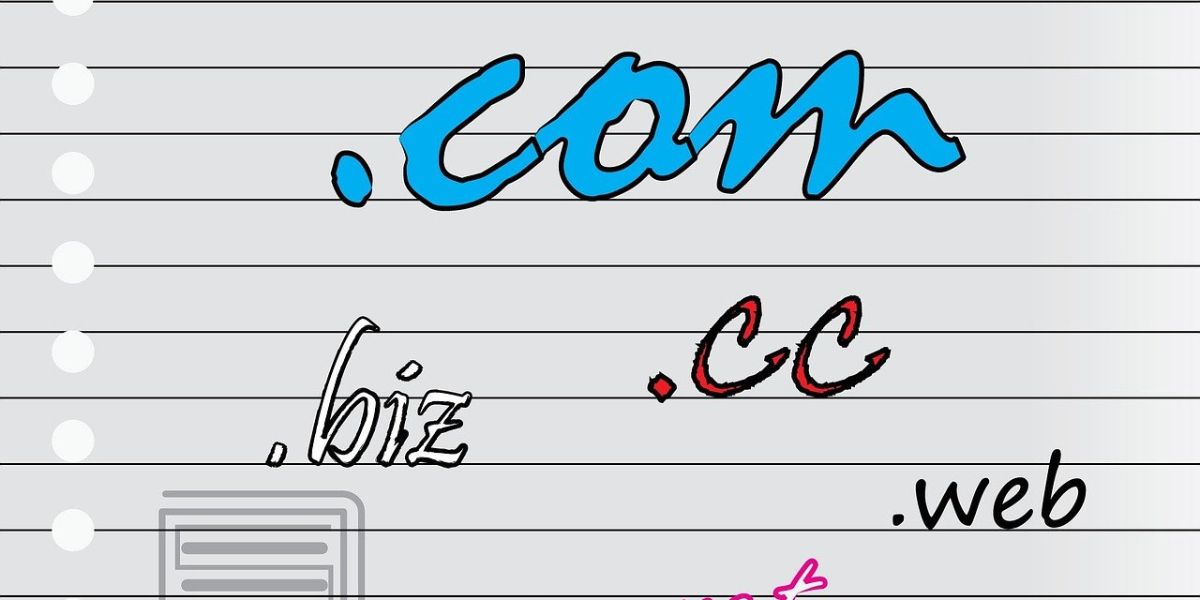A catchy domain name can give your small business an edge. But purchasing one outright might not be in your budget.
Domain lease agreement terms provide an easier path to that digital real estate.
This post explores those terms, empowering you to level the playing field without emptying your pockets.
Read on to understand domain lease payments and how a domain lease agreement can benefit you.
Table of Contents:
- Understanding Domain Leasing
- Key Domain Lease Agreement Terms
- Different Lease Types with Options
- Crafting a Watertight Agreement
- Conclusion
Understanding Domain Leasing
Domain leasing is like renting an apartment. You use the space for a set period while paying the landlord (lessor).
With a domain lease, you pay the domain owner for the right to use their name. The lessor retains title to the domain name throughout the lease term.
This offers small businesses the opportunity to utilize a premium domain without the significant upfront cost of purchasing.
Key Domain Lease Agreement Terms
A solid agreement needs well-defined lease terms. This protects both you and the lessor. Here’s a closer look at the essentials found in lease agreements.
Lease Duration
The lease term outlines how long you can use the domain, from a year to several.
Longer terms offer stability. However, market and business needs change.
A shorter lease with renewal options provides more flexibility. This lets you adapt.
Payment Terms
This section details the total lease cost, monthly fee, deadlines, and acceptable payment methods (wire transfer, PayPal, etc.).
Every financial aspect must be clear. This avoids surprises later on.
A well-structured lease payment plan keeps things running smoothly. It also prevents sudden budget crunches.
Renewal Options
Clear renewal terms prevent unexpected price hikes if you continue using the domain name.
They also help ensure you don’t lose your domain to a competitor.
Purchase Options
Some leases provide a right of first refusal. Or they could give you a set purchase price before or at lease end.
Negotiate favorable options from the start. This gives you a chance to eventually buy the domain if your budget allows.
You may be able to purchase sooner than the lease term expiration, depending on the agreed upon domain lease agreement terms.
Usage Restrictions
This defines how you *cannot* use the domain. It typically covers illegal activities or anything that damages the brand.
Misuse would breach your lease agreement. It would also jeopardize your domain and business.
Understanding these restrictions ensures that you can utilize the domain for the appropriate applications related to your business needs without compromising your ability to use the domain effectively.
Transfer Process
This outlines how the domain transfer occurs. It includes timing and each party’s responsibilities.
Transparent transfer agreement terms ensure you get what you pay for. This may involve escrow services, change DNS settings, and domain transfer agreements, ensuring a smooth transfer of lessee’s website.
Both parties are responsible for ensuring a streamlined transfer.
Dispute Resolution
Including dispute resolution terms, like mediation or arbitration, may prevent costly litigation.
Direct communication can often resolve minor issues. For more complex situations, these options help find solutions. A mediator can aid in open communication, facilitating solutions that serve the interests of all parties.
Sometimes domain lease agreements even define arbitration, which can provide an accelerated and often more financially feasible option for both parties involved in the domain lease.
Default and Early Termination
This specifies events of default or breach of contract, including the consequences.
It also defines early termination terms. It explains the implications of mutual consent, breach of contract, and whether refunds are available.
Escrow (If applicable)
If an escrow service is involved, its role should be described. A separate escrow agreement may be necessary.
This adds trust and protection for both lessor and lessee. It also facilitates a smoother process.
Different Lease Types with Options
Various domain lease types cater to different needs and budgets.
- Standard Lease Agreement: Straightforward use for a fixed period without purchase options. This agreement simply permits the lessee to rent the domain name for a fixed time period.
- Lease-to-Own: Rental payments contribute towards eventual ownership. Lessee can pay applicable lease fees with some of it counting toward eventual domain purchase and the rest for its usage.
- Lease Option Agreement: Option to buy after the lease ends, for an added payment or predetermined price. Lessees gain flexibility through domain holding without any of their payments going towards ownership.
These varying types of domain leases cater to a diverse spectrum of goals. Some prioritize gaining full ownership over time while others only look to temporarily hold a premium domain name.
They both offer potential benefits depending on the domain lease agreement terms that the two parties agree to.
Crafting a Watertight Agreement
Online domain lease agreement templates provide a good starting point.
However, customizing them is often necessary.
A legal professional specializing in internet law and intellectual property can advise you and negotiate terms.
They ensure your agreement covers lease payments, usage restrictions, trademark rights, and other crucial aspects.
Conclusion
Domain lease agreements offer small business owners access to premium domain names. This eliminates the immediate cost of buying.
As the digital marketplace evolves, domain leasing offers increased power and versatility.
This lease agreement type helps you get the right domain for your success. So take advantage of domain leasing’s many benefits to launch your business further.





